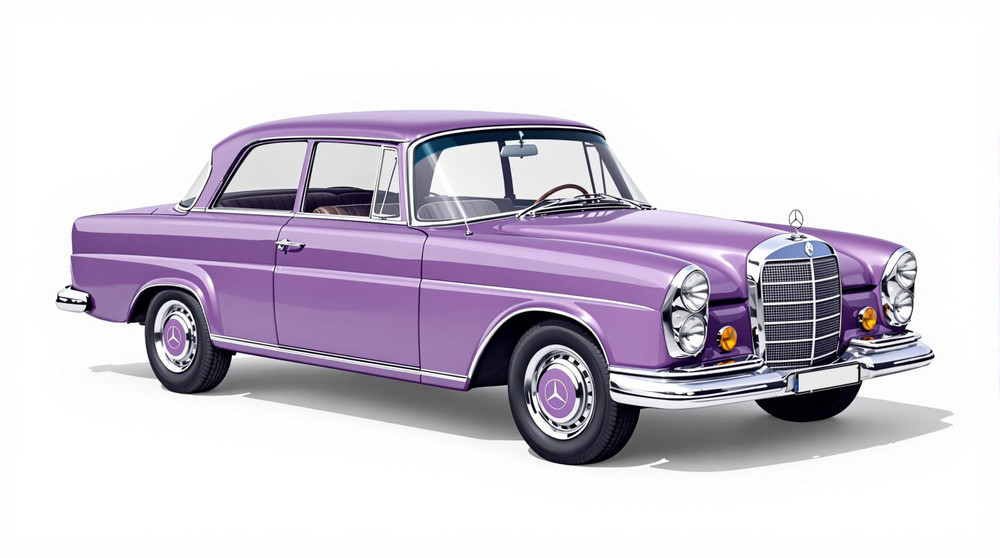Image of 1960 Mercedes-Benz 220, Note: These illustrations use artistic license and may differ from actual historical models.
Performance Metrics
Fundamental Metrics
Emotional Appeal
MMP Rating
| Engine Specifications | |
|---|---|
| Engine: | Inline 6 |
| Displacement: | 2.2L |
| Horsepower: | 95-105 HP |
| Torque: | 119-129 lb-ft |
| Compression Ratio: | 8.7:1 |
| Ignition System: | Distributor ignition |
| Cooling System: | Water-cooled |
| Performance Specifications | |
| 0-60 Time: | 14 seconds |
| 1/4 Mile Time: | Estimated at 19 seconds |
| Top Speed: | 100 mph |
| Transmission and Drive | |
| Drive Type: | Rear-wheel drive |
| Transmission Type: | 4-speed manual or 4-speed automatic |
| Fuel and Efficiency | |
| Fuel System Type: | Carburetor |
| MPG: | 15-20 MPG |
| Dimensions and Brakes | |
| Brakes: | Drum brakes |
| Wheelbase: | 106.3 inches |
| Weight: | 2900 lbs |
Note: Specifications for classic cars are given to the best of our ability, considering the limited and variant data available.
Unveiling the Elegance of the 1960 Mercedes-Benz 220
The dawn of the 1960s brought with it a symbol of automotive excellence: the 1960 Mercedes-Benz 220. Crafted by the storied German manufacturer, this vehicle emerged as a beacon of luxury and engineering prowess. Its lineage can be traced back to the post-war era, where Mercedes-Benz sought to re-establish its position as a purveyor of high-quality automobiles. The 220 model, particularly, stood out as a testament to the brand's resilience and commitment to innovation during a time when the world was rapidly changing. A unique fact that car enthusiasts may find captivating is that the 220 series was among the first to feature crumple zones—a safety revolution in automotive design.
Design and Innovation
The exterior of the 1960 Mercedes-Benz 220 exudes a timeless elegance, with its sweeping lines and poised stance. The vehicle's classic chrome accents and distinctive grille make it instantly recognizable as a product of Mercedes-Benz craftsmanship. Inside, passengers are enveloped in an ambiance of luxury, with high-quality leather upholstery and polished wood trim that speak volumes about the car's opulence. Technologically advanced for its time, it featured innovations such as front disc brakes and an automatic clutch option. Color options ranged from understated hues to more vibrant tones, with black and silver being among the most sought-after by aficionados. The sedan body style was particularly popular, offering both grace and practicality.
Historical Significance
The 1960 Mercedes-Benz 220 left an indelible mark on automotive history with its blend of style, safety, and performance. It set itself apart from contemporaries through its aforementioned safety features and its commitment to comfort without sacrificing performance. This model played a pivotal role in cementing Mercedes-Benz's reputation as a manufacturer of vehicles that did not compromise on any front—be it luxury or safety.
Performance and Handling
Performance-wise, the 1960 Mercedes-Benz 220 was no slouch. With a top speed that could reach upwards of 100 mph and an acceleration capable of pushing from 0-60 mph in respectable figures for its era, it balanced power with poise. On winding roads or when encountering bumps, drivers appreciated its solid handling characteristics—thanks in part to its finely tuned suspension system. Behind the wheel, one could relish in the symphony of its robust engine while enjoying a smooth ride that was synonymous with Mercedes-Benz quality.
Ownership Experience
Owners of the 1960 Mercedes-Benz 220 typically reveled in its versatility; it served admirably as a daily driver yet was equally at home gracing car shows or participating in vintage rallies. Maintenance and reliability were hallmarks of this model, with many parts still available due to the car's enduring popularity. For those mechanically inclined, DIY repairs were feasible, further enhancing its appeal.
Fun Facts
The 1960 Mercedes-Benz 220 has its share of interesting trivia. For instance, certain custom-bodied versions are exceedingly rare finds today. The car has also been associated with numerous celebrities over the decades who have chosen it for its sophistication and charm. While it did not break speed records, it set high standards for what constituted a well-rounded luxury vehicle.
Collector's Information
Today, collectors hold the 1960 Mercedes-Benz 220 in high regard for its historical importance and aesthetic appeal. Though exact production numbers are elusive, several thousand units were produced across various configurations. As for value range, pristine examples can fetch significant sums well into six figures, depending on provenance and condition. The market trend shows appreciation over time for well-maintained models.
Conclusion
The legacy of the 1960 Mercedes-Benz 220 is one of elegance intertwined with innovation—a car that not only moved people physically but also emotionally through decades. It remains an icon of automotive history and continues to captivate enthusiasts around the globe with its timeless allure.
1960 Mercedes-Benz 220 Catalog of Parts
 1960 Mercedes-Benz 220 Door Jam Light Switch Seal. 1-1/8" x 1-1/2", 13/16" I.D-MB 540Door Jam Light Switch Seal. 1-1/8" x 1-1/2", 13/16" I.D. Each
1960 Mercedes-Benz 220 Door Jam Light Switch Seal. 1-1/8" x 1-1/2", 13/16" I.D-MB 540Door Jam Light Switch Seal. 1-1/8" x 1-1/2", 13/16" I.D. Each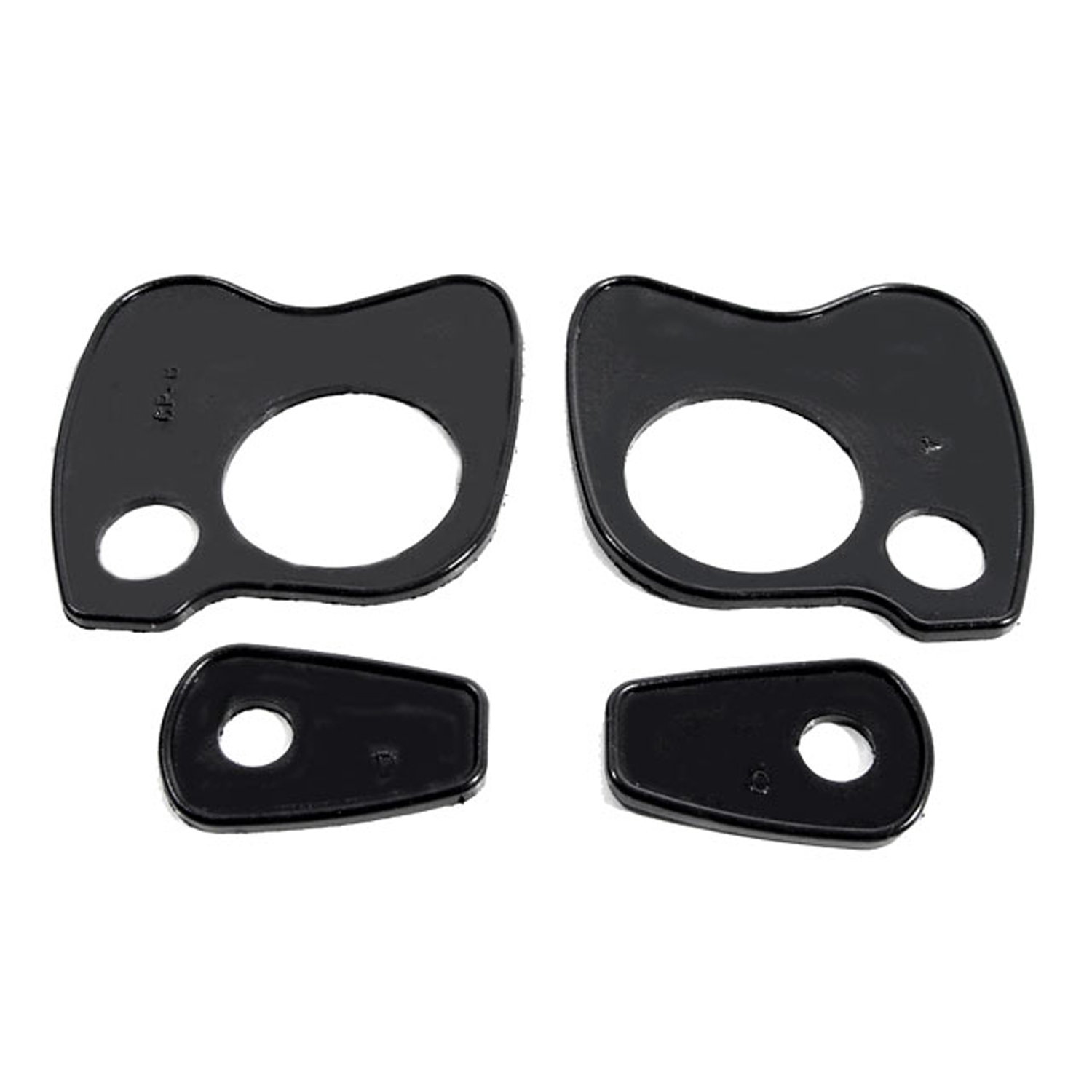 1960 Mercedes-Benz 220 Door Handle Pads. 2-1/2" long & 1-1/2" long. Set R&L-MP 824-LDoor Handle Pads. 2-1/2" long & 1-1/2" long. Set R&L
1960 Mercedes-Benz 220 Door Handle Pads. 2-1/2" long & 1-1/2" long. Set R&L-MP 824-LDoor Handle Pads. 2-1/2" long & 1-1/2" long. Set R&L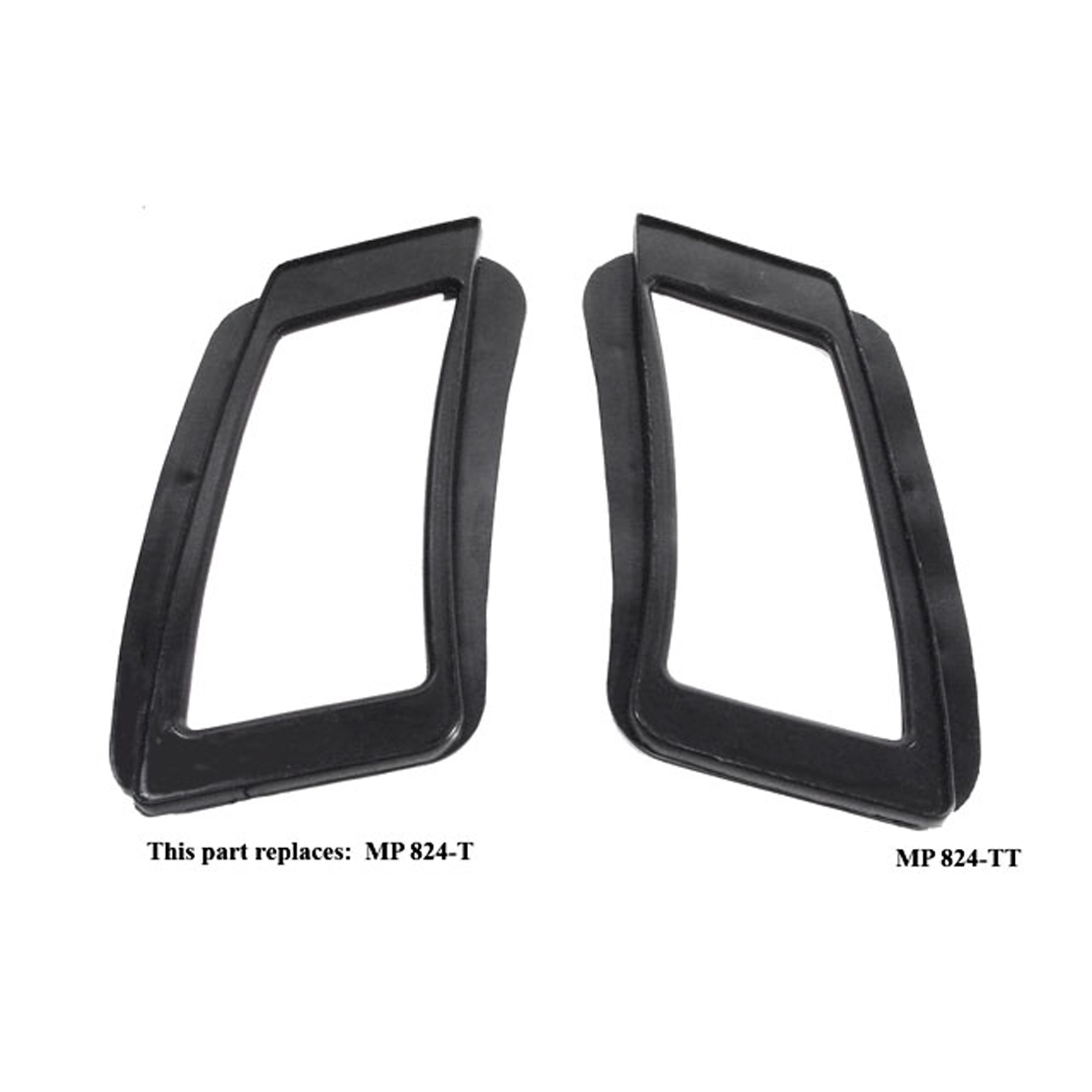 1960 Mercedes-Benz 220 Tail-light Pads, for the Cabriolet-MP 824-TTTail-light Pads, for the Cabriolet. 3-3/4" wide X 6-3/4" long. (Replaces part number MP 824-T) Pair R&L
1960 Mercedes-Benz 220 Tail-light Pads, for the Cabriolet-MP 824-TTTail-light Pads, for the Cabriolet. 3-3/4" wide X 6-3/4" long. (Replaces part number MP 824-T) Pair R&L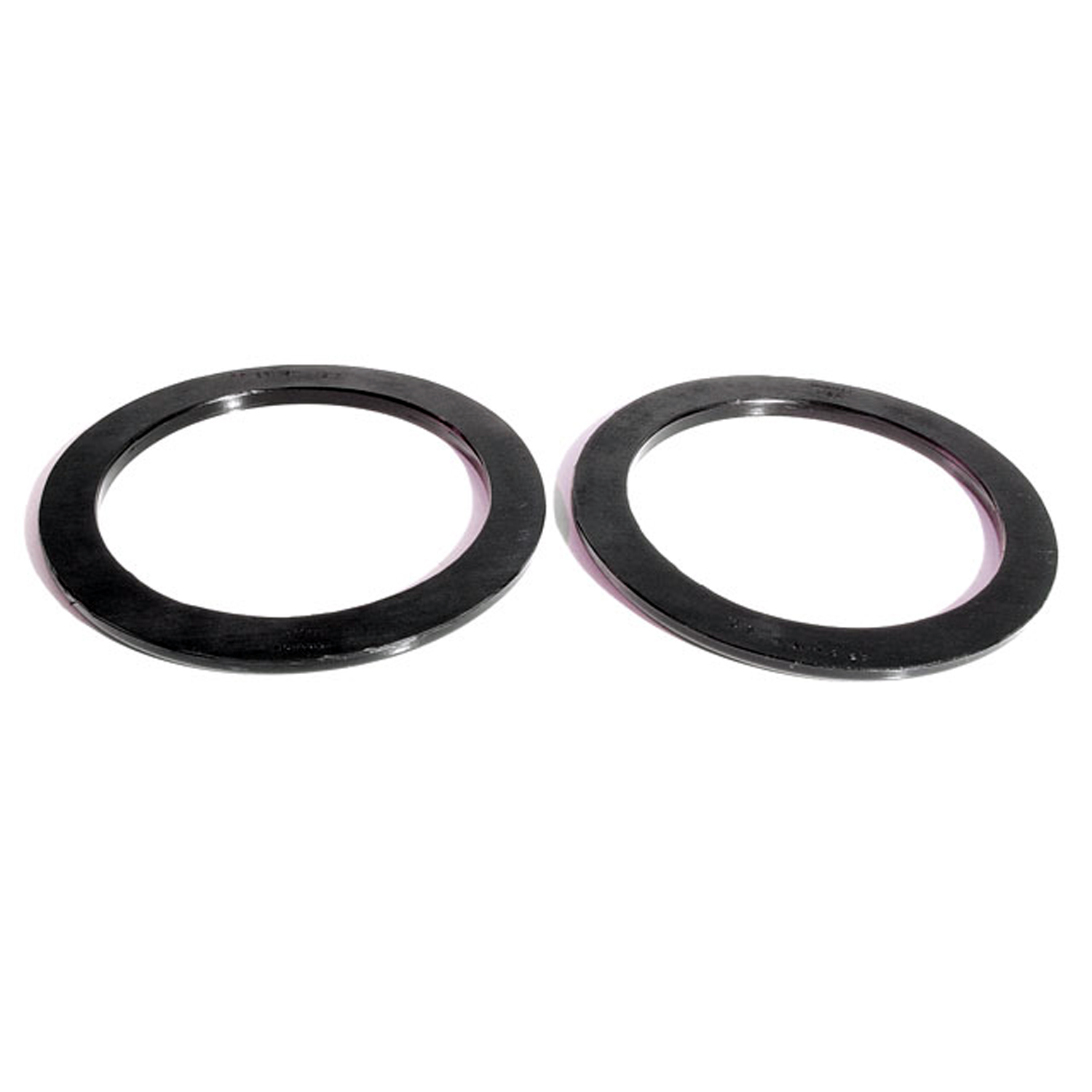 1960 Mercedes-Benz 220 Coil Spring Pads. 4" I.D., 5-1/2" O.D. Pair-RP 23-MCoil Spring Pads. 4" I.D., 5-1/2" O.D. Pair
1960 Mercedes-Benz 220 Coil Spring Pads. 4" I.D., 5-1/2" O.D. Pair-RP 23-MCoil Spring Pads. 4" I.D., 5-1/2" O.D. Pair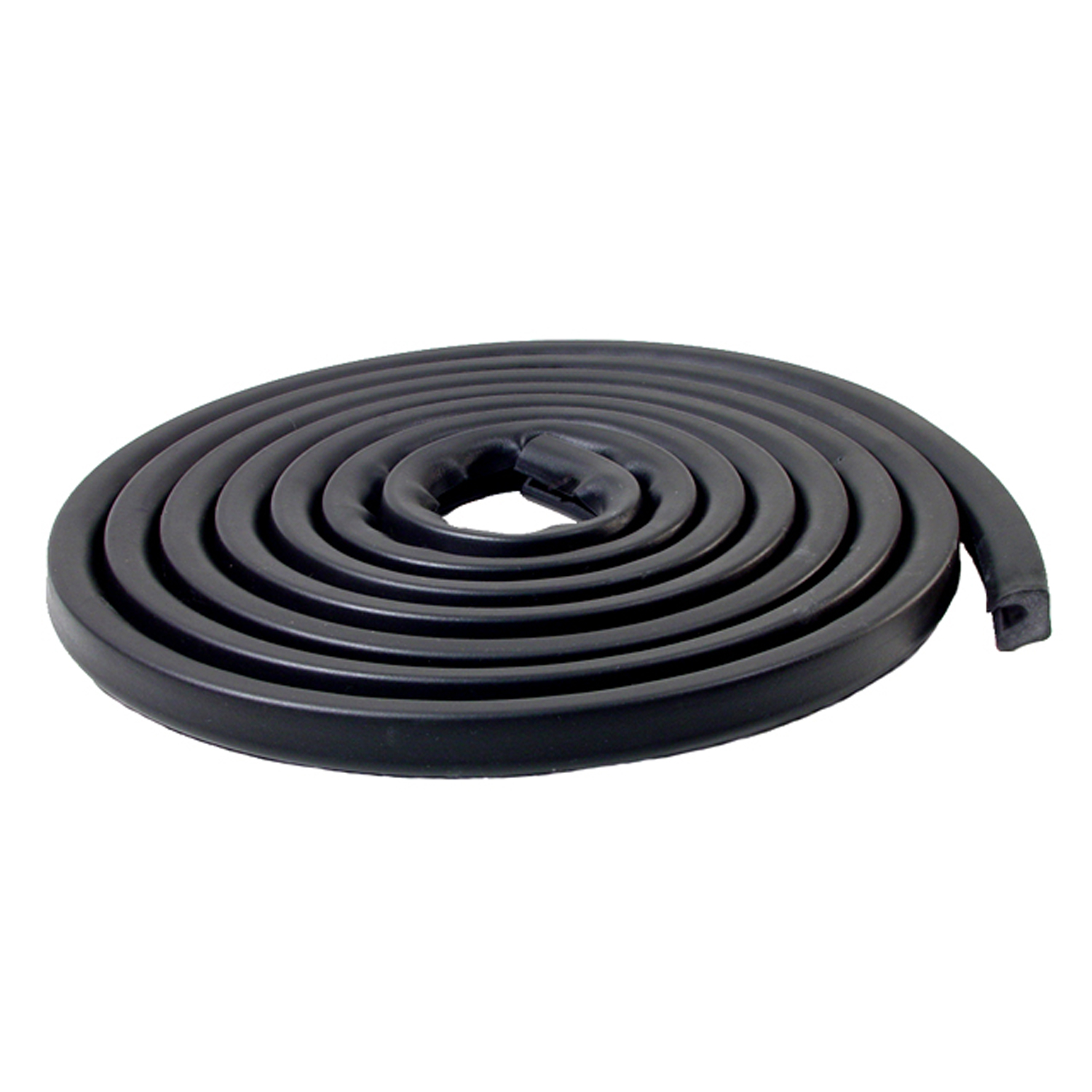 1960 Mercedes-Benz 220 Trunk Seal. Each-TK 63-M/15Trunk Seal. Each
1960 Mercedes-Benz 220 Trunk Seal. Each-TK 63-M/15Trunk Seal. Each 1960 Mercedes-Benz 220 Flexible glass-run channel. Rubber covered and pile lined-WC 12-96Flexible glass-run channel. Rubber covered and pile lined. Unbeaded. 96 in. long. Each. NOTE: $20 special shipping charge applies for domestic orders. Call or email for overseas shipping costs. Part can be sectioned in two or three equal lengths to reduce overseas shipping costs.
1960 Mercedes-Benz 220 Flexible glass-run channel. Rubber covered and pile lined-WC 12-96Flexible glass-run channel. Rubber covered and pile lined. Unbeaded. 96 in. long. Each. NOTE: $20 special shipping charge applies for domestic orders. Call or email for overseas shipping costs. Part can be sectioned in two or three equal lengths to reduce overseas shipping costs.Why Choose Metro?
For over 100 years, Metro Moulded Parts has been the pinnacle of quality in classic car restoration parts. Our commitment to precision and authenticity in every component ensures a perfect fit and an OEM-level appearance.
- Expert Craftsmanship & Quality: Each part is a testament to our dedication to reliability and perfection, crafted from original designs and thoroughly tested.
- Advanced Technology: We use cutting-edge techniques to create flawless, long-lasting parts that surpass others in performance.
- SuperSoft Sponge – The Ultimate Door Seal: Not only are our door seals 30% softer than competitors', but they're also guaranteed to never leak. They effectively reduce wind and road noise, enhancing your classic car's comfort and driving experience.
- Proudly American: Our parts are a product of American craftsmanship, made in the USA with a spirit of excellence and heritage.
- Unrivaled Warranty: We back our products with a 30-year industry-leading warranty, a testament to our confidence in their quality.
Join us in preserving the legacy of classic cars with parts that are crafted for perfection, not just made.

